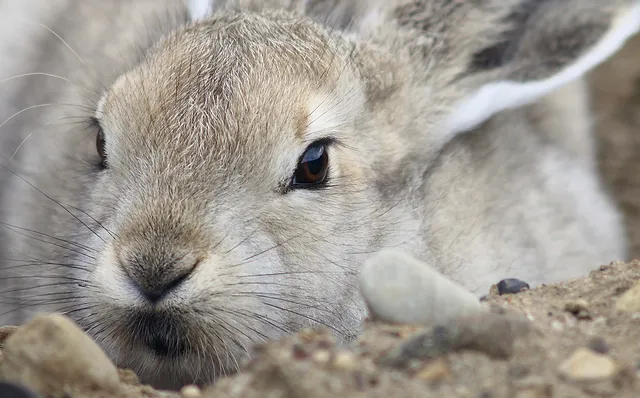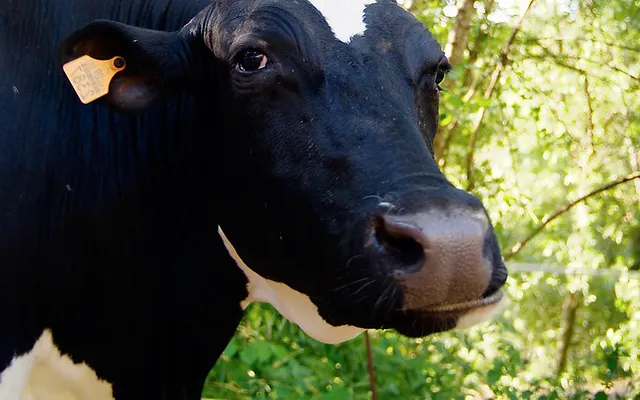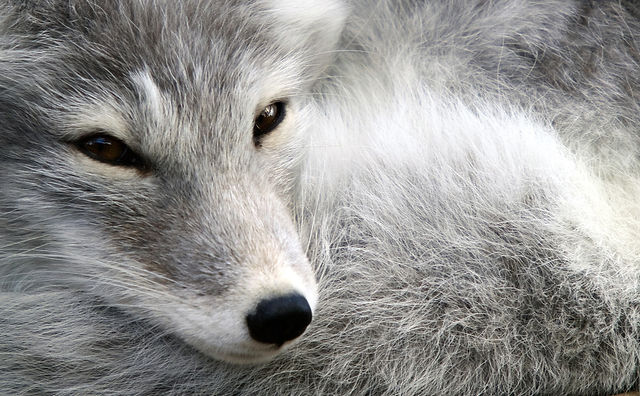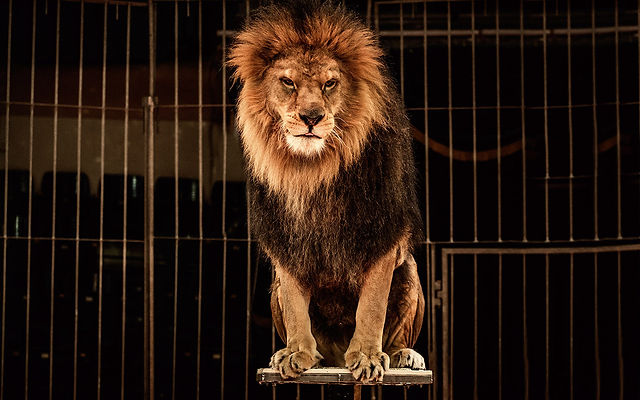ANIMALS FOR EXPERIMENTS
Researchers around the world use animals to test a wide range of products and to develop new goods for the global market; it’s common practice to test cleaning products, cosmetics, food and pharmaceutical additives on animals, as well as applying chemicals, agrochemicals, pet food, alcohol and tobacco products on them. Research establishments and companies only focus on monetary income without taking into consideration the great deal of pain, fear, depression and psychological distress caused on the animals.
Product experiments use harmful techniques such as vivisection, which involves the dissection of a living animals.
- More than 100 million animals are used for laboratory experiments around the world.
- Every year 100,000 people die in the U.S. due to the consumption of products previously tested on animals.
The most used species for these testings are cats, dogs, rats, mice, rabbits, fish, birds, primates and farm animals.
ANIMALS IN SPANISH LOCAL FESTIVITIES
The use of animals during traditional festivities in many Spanish towns is very common. These “celebrations”, usually promoted by local governments, imply the abuse and slaughter of more than 60,000 animals every year. One of the most affected species are bulls. Besides being used in bullfights, many are subject to all kinds of tortuous activities ending, in many cases, with the death of the animal. Moreover, many other events take place in Spain in which the abuse of rams, roosters, horses and donkeys are considered a main attraction. These practices are still supported by with the excuse of tradition. Supporters of these events argue that these ruthless activities must be preserved in the sake of tradition.
- Every year more than 16,000 Spanish local festivals feature animals for activities or performances.
- Every year 60,000 animals –mostly bulls– are abused at local Spanish festivals.
ANIMALS IN ZOOS, CIRCUSES AND AQUARIUMS
Zoos have become important tourist attractions in many cities around the world, where wild animals, in captivity, are exhibited in closed spaces where they don’t get to live freely. Animals in zoos, circuses and aquariums are subject to physical and social conditions that go beyond their natural state. Anxiety, disorientation and stress are among the conditions they experience during forced performances and exposition to large groups of people.
- There are only 3,000 tigers left in the wild, while 30,000 of them live in captivity.
- 95% of the animal species kept in zoos are not endangered.
- 40 circus companies perform in Spain with about 200 animals of different species.
- 96 dolphins, 2 beluga whales and 6 orcas currently live in captivity in Spain.
- Spanish dolphinariums dedicate little over 4% of their perfomances’ time to educate the public about the animals.
Dolphins in the wild can reach 50 years of age, while dolphinarium dolphins rarely reach the 20 year mark. In the same way, female orcas in captivity don’t usually reach 20 years, compared to the 90 years they can reach living in the oceans.



